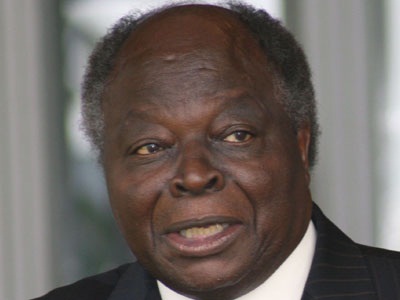This month, Mexican president Felipe Calderón, honored his recent Federal Anti-Corruption Initiative by arresting hundreds of federal detectives, prosecutors, and others, from the Mexico’s Attorney General office.
The recent expulsions are part of a broad effort across Mexico to clean up the corrupt police forces historically associated with organized crime, especially the drug cartels responsible for 40,000 deaths since Calderón came to power in 2006.
For the Mexican citizens, though, information on the detention of these authorities is inaccessible, stagnant, and corrupt practices go unprosecuted.
New anti-corruption mapping systems and platforms, however, can make these processes more transparent, and encourage citizen contribution, while holding dishonest authorities more accountable.
Last Tuesday, Mexican Attorney General Marisela Morales said that the agency was currently firing 424 officials, a majority of which failed to pass lie-detector tests, amongst other indicators aiming to oust corrupt authorities.
“We are strengthening our vigilance to make sure that our own officials abide by the law,” Ms. Morales said, according to the Wall Street Journal. This is the second substantial group of lay-offs for federal officers indicted in unlawful practices—last summer 10% of the entire federal police force was fired.
The office intends to administer the lie detector tests to all local, state and federal police this year, while aggregating the results and putting them in a national database, in an effort to ensure fired policemen will not be rehired.
The recent measure coincides with Calderón’s Anti-Corruption law, approved last year by the Mexican Senate, created to diminish corrupt the police practices closely linked with the drug cartels.
Nevertheless, not evident within the current arrests is how the general public will be able to access this national database, and contribute to it on events they see everyday.
Particularly when the 2010 UN e-government survey found that Mexico had the most advanced e-services development in Latin America and Mexico’s IT spending is forecast to grow at a compound annual growth rate (CAGR) of 10% over 2011- 2015.
Advanced within their connectivity and citizen participatory programs, Mexico should have this national database shared in an open source software system, similar to that of the Kenya’s Open Data Initiative.
Mexican residents should be able to view, and add their own instances of bribery and corruption to the database to lend their perspective on the, “bad cop vs. good cop,” boundary marks—helping to differentiate those people who supposedly protect them.
This website could also include an interactive Ushahidi map to illustrate towns where officers were arrested, and reporting features similar to Ipaidabribe.com.
These participatory mapping and reporting websites would allow Mexican citizens to demonstrate where corruption affects their everyday life the most, and where in public services corruption runs rampant.
Hopefully an engaging approach will help to prosecute abusers, rather than merely detaining them.





























































